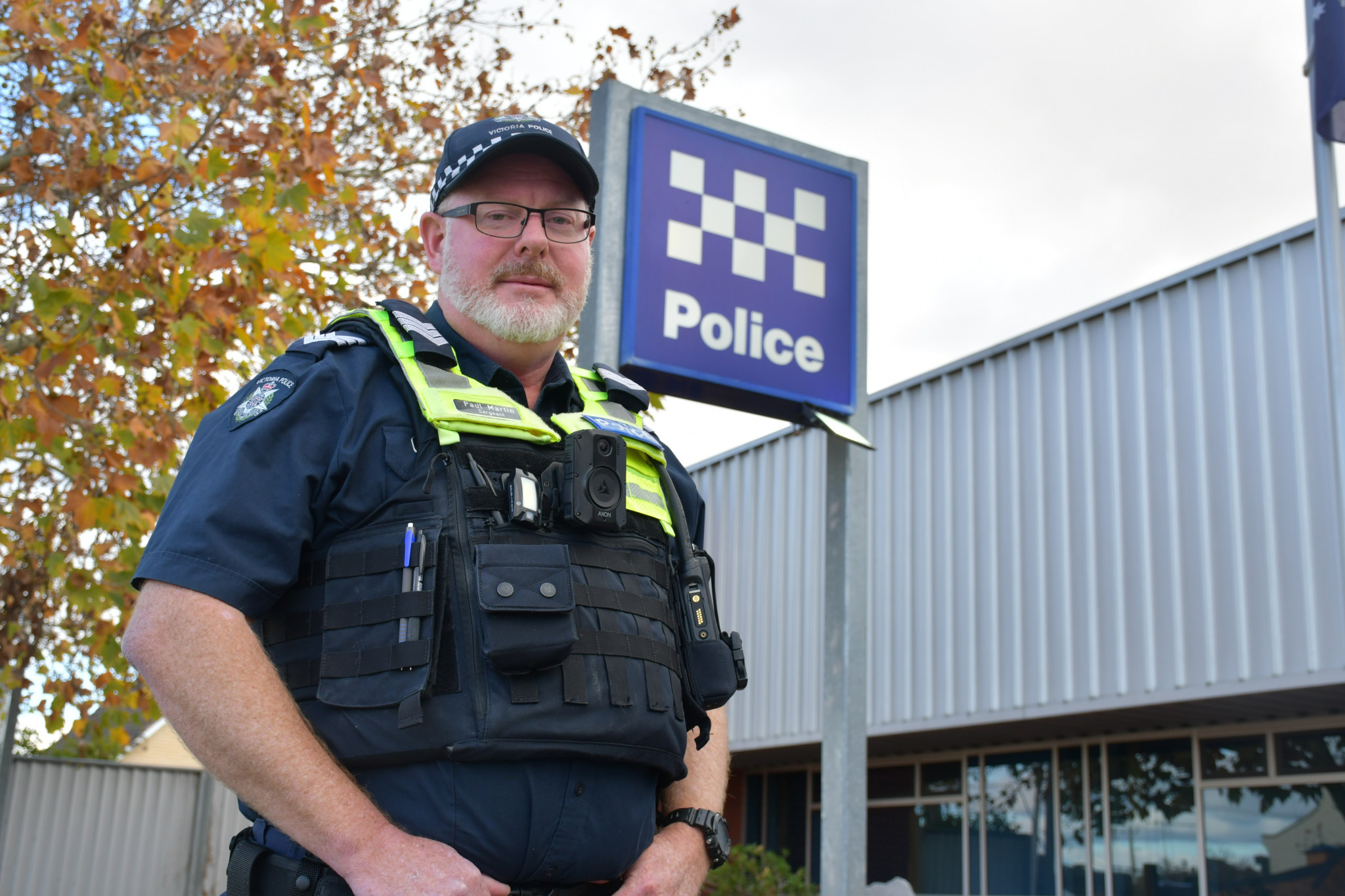General News
10 September, 2024
Warning against common “dangerous” driving habit
A new survey has reported that nearly 70 percent of regional and rural motorists have driven while feeling ‘quite tired’, with local authorities calling the habit potentially “catastrophic”.

Last month, the Transport Accident Commission (TAC) released its annual Road Safety Monitor report for 2023, aimed at tracking road user attitudes and behaviour.
According to the survey, with over 2300 respondents, one in five Victorians have driven while struggling to keep their eyes open due to fatigue.
TAC states fatigue is a factor in 16 to 20 percent of fatal crashes on Victorian roads each year.
Currently, 198 lives have been lost in 2024, on track to surpass the 2023 mark of 295 which set a 15 year high.
According to Central Goldfields Highway Patrol Sergeant Paul Martin, motorists driving while fatigued has become a common issue locally.
“In terms of Central Goldfields we have had a couple of these in the last 12 months,” he said.
“Our fatigue related collisions often occur in high-speed locations or on rural roads, that’s also where we have our problem at the moment with serious injuries or fatalities.
“We had one recently which was a head-on impact and it appears that collision had an element of fatigue involved as well.”
The survey states drivers aged between 40 and 59 were most likely to drive while quite tired in regional and rural areas (76 percent) and those aged 61 to 90 are least likely (51 percent).
Despite their tendency to avoid drowsy driving, Sgt Martin said older drivers are overrepresented in fatigue-related collisions locally.
“We are definitely seeing collisions in our patch predominantely involve drivers 60 years and up attempting to drive a long way,” he said.
“These trips are probably not the normal thing they are accustomed to doing and I think people underestimate that two hours of driving is totally different to being awake for two hours.
“Often those same people are not speeding, not drink driving, not taking drugs, not driving unroadworthy cars, they are doing all the right things, just getting tired driving and the outcome can be catastrophic.”
According to the survey, 40 percent of motorists who have driven while very tired agreed that they had to drive even though they were fatigued.
The report also states that respondents who drove while fatigued perceive themselves as less safe drivers compared to unfatigued motorists.
Sgt Martin said driving while fatigued is a “dangerous” habit that some motorists believe they control.
“I think people convince themselves that they sort have got it, they recognise they are getting drowsy but they think they haven’t got much further to go,” he said.
“You don’t have to be asleep in order to have a fatigue related collision, often there is a significant lead up to it where people are driving and their driving deteriorates but they don’t stop.
“The only way to combat driver fatigue is to get plenty of sleep before you drive, take regular rests, make your accommodation plans carefully before you leave, share the driving if you can and take extra care when driving late.”
Sgt Martin encourages residents to take action whenever they see anyone display the warning signs of fatigue behind the wheel as it could prevent a collision.
“It’s really important that either the passenger speaks up and encourages the driver to stop or drivers themselves recognise once you go over two hours you are at risk,” he said.
“If you are seeing what you think looks like someone driving while they are very drowsy, there is a very good chance that’s the case and ring Triple Zero (000).
“Give police the opportunity to intercept the vehicle and break that cycle before it becomes much more serious.”